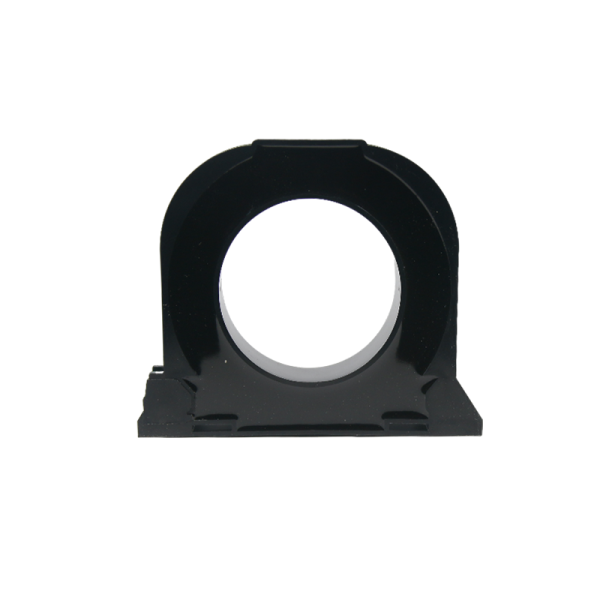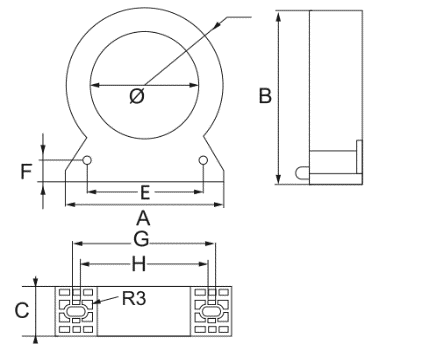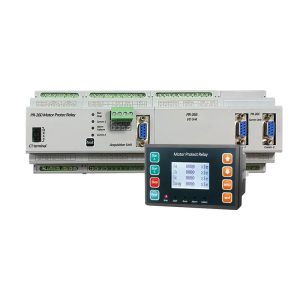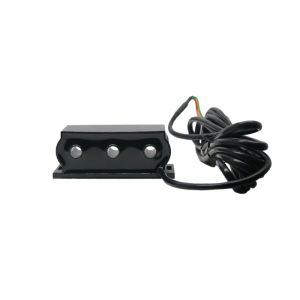Overivew
The working principle of the zero-sequence current transformer is based on magnetic induction, which generates an electromotive force by inducing the zero-sequence magnetic field and then converting it into a measurable current output. In this way, the system can be monitored and protected against imbalances and faults caused by zero-sequence currents.
How zero phase sequence current transformer works
- Principle of magnetic induction
The work of zero sequence current transformer is based on the principle of magnetic induction. When current passes through the coils of a transformer, it creates a magnetic field around the core. Since the current is relatively unbalanced, this results in the formation of a zero-sequence magnetic field in the power system.
- Iron Core
The coils of a zero-sequence current transformer are enclosed in an iron core that is designed to help concentrate and enhance the magnetic field. The material of the iron core is usually a material with high magnetic permeability, such as silicon steel sheet, to improve the conduction efficiency of the magnetic field.
- Coil design
The coil in the transformer is generally designed as a coil with multiple turns to increase the magnitude of the induced electromotive force. This helps increase the sensitivity of the measurement.
- Zero-sequence current induction
When there is a zero-sequence current in the system, it will generate a corresponding zero-sequence magnetic field. This zero-sequence magnetic field passes through the coil of the zero-sequence current transformer, causing an electromotive force to be induced in the coil.
Secondary current: The induced electromotive force passes through the secondary side of the transformer (usually a lower current value) to produce an output current. This output current is proportional to the input current but usually has a known transformation ratio.
- Transformation ratio
The transformation ratio of a transformer is the proportional relationship between the secondary side current and the primary side current. Through this transformation ratio, the measured secondary side current can be converted into the actual primary side zero sequence current value.
- Connecting to measuring equipment
The secondary output of the transformer can be connected to measuring equipment, protective relays, or monitoring systems to monitor the zero sequence current in real-time and take necessary measures.
Feature of ZCT-Z6-065 Zero Sequence Current Transformer
- Measuring Zero Sequence Current
Zero sequence current transformers are designed to measure zero sequence current in power systems. This current is usually minimal under normal operating conditions but can increase rapidly during fault conditions.
- Purpose
Mainly used for protection, monitoring, and fault diagnosis of power systems. By monitoring zero-sequence currents, potential system faults can be detected early and appropriate measures can be taken to prevent further damage.
- Use with protective devices
Zero-sequence current transformers are often used with protective devices such as motor protective relays. When an abnormal zero-sequence current is detected, the protection device can trigger corresponding protection actions to isolate the affected parts and prevent the fault from expanding.
- Accuracy requirements
Zero-sequence current transformers need to have high accuracy to ensure accurate measurement of zero-sequence current. This is crucial for accurately judging the status of the power system and performing protective actions.
- Easy installation
Generally, zero sequence current transformers are designed to be easy to install and maintain. They are usually installed at critical points in the power system, such as generators, transformers, or cable systems.
- Anti-interference ability
Since various noises and interferences may exist in the power system, the zero-sequence current transformer needs to have a certain anti-interference ability to ensure that its performance is not affected by external factors.


-600x600.png)
-600x600.png)
-600x600.png)




-300x300.png)



